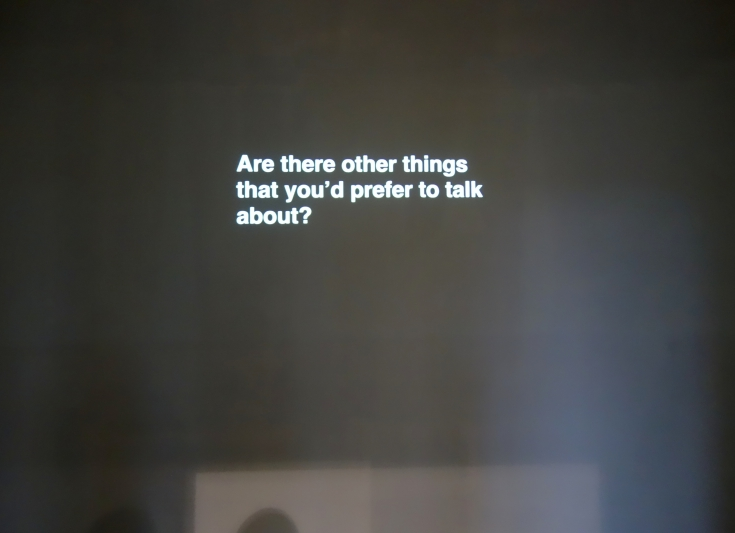LET’S BE FWENDS ISSUE #80:
ON CONVERSATIONS, PART 2
“Most conversations are simply monologues delivered in the presence of witnesses.”
~ Margaret Millar
Hi there, and welcome to part 2 of the topic of conversations. Last time, we checked in to see how we can make sure that we actually communicate - by deliberately making space for conversation, asking good questions and allowing people to come to their own conclusions.
This time, we dive deeper into how to design conversations for maximum effect.
Improving your Daily Scrum with Liberating Structures

The “Daily Scrum” (or “Daily Standup”) is a core event of Scrum (and I wholeheartedly recommend it to every team, regardless wether you use Scrum or not). In the beginning of the working day, the whole team assembles to quickly talk about the state of their work. How well they progress to their goals, what kind of obstacles they anticipate or have already encountered, and if there is anything they need from their team mates or the rest of the organisation. The event is timeboxed for 15 minutes, which often is a big challenge for teams, especially if they aren’t used to this format.
The conversation typically revolves around three questions: What have I done yesterday to help us reach our goals? What am I planning to do today to reach our Goals? What obstacles do I anticipate and might need help with?
Some Scrum practitioners follow this structure religiously. Up to the point where the Daily Standup becomes repetitive, predictable, dull, and therefore redundant.
Barry Overeem has an interesting idea for this problem: He borrows from Liberating Structures to create new and engaging Daily Standup formats.It’s an unexpected use forLiberating Structures, because they are mostly associated with meeting formats with a timebox of a couple of hours. It’s refreshing to see them condensed into 15 minute micro-events, and it sure looks like a great way to inject some life into your Dailies.
A Template for a Transformation Pre-Mortem

Pre-Mortems are powerful tools. Conducting a Pre-Mortem means anticipating the failure of a project before it even started, and then dissecting and analysing that failure. It brings out the darkest parts of our souls, and encourages us to be as evil and sadistic as possible. It’s great fun.
It also shines a spotlight on all the weak points of our plans. By anticipating how a project has failed, we invariably put our fingers on where it hurts - where our plans are vague, our commitments are weak, our convictions not universally shared.
It’s a bit like TRIZ, applied to something we have not started yet. InfoQ has a great workshop template for an Agile Transformation Pre-Mortem that is well worth checking out.
How to deal with difficult Persons

Conversations aren’t always easy. They can be uncomfortable, even confrontative. If they are, it’s easy for us to rely on our instincts. Often, this means falling back to our monkey mind, or even triggering the “fight or flight” reflexes of our lizard brains. As a result, we treat the conversation as a conflict. And decide wether we want our will to be victorious, or if our opponent is too strong, and we’re better off fleeing, ready to fight another day.
Of course, nothing can be further from the truth. People are complicated, and so a conversations. It’s easy to paint someone in a singular light, when in fact they can be many things at once. Here’s a great summary how to defuse many situations that can make a conversation blow up.
I find one particularly interesting:“If things heat up, get curious”.
How to communicate with Stakeholders

Like it or not, stakeholders and their perception of your work are at least as important to your success as a team than the work itself. Working with them, and having critical conversations with them is a recipe for success.
That’s it for part 2 of our deep-dive into conversations. Thanks for sticking with me, and don’t let that lizard take over your communication tactics! 🦎
Subscribe to Let's be Fwends